Don’t let finding the perfect fit and style for your next designer formal dress or evening gown become overwhelming
With so many options available, decision overwhelm is imminent. Unless of course, you understand the different styles, designers, and dress codes to make the right choice. In this guide, we’ll take you through everything you need to know about designer evening dresses, ball gowns, and formal attire, including tips from Australia’s top evening wear designers.
Understanding Different Styles of Designer Formal Dresses
What are Classy Dresses?
Yep, the internet has asked this question, so here we go. Classy dresses are sophisticated and elegant, often associated with high-quality materials and timeless designs. These can include designer evening gowns and ball gowns, offering a chic and polished look that’s perfect for formal occasions. Classy, so classy!
 What are Flowy Dresses?
What are Flowy Dresses?
You probably guessed it. Flowy dresses, as the name suggests, have a loose, flowing silhouette. These can range from formal to casual, depending on the material and design. For formal occasions, flowy dresses can include designer evening dresses made from luxurious fabrics like chiffon or silk.
What is a Structured Dress?
Great question! Structured dresses have a defined shape and often use heavier materials to maintain their form. These are typically more formal and can include designer evening gowns and ball gowns. They often feature tailored details like seams, darts, and pleats for a flattering fit.
Well done, now you know what styles you’re looking for for your upcoming formal event. Or do you? Well, that all depends on how formal your formal event is. Confused? Stay with me …
Deciphering Dress Codes like a detective
Understanding the Three Types of Dress Codes
When it comes to formal events, understanding the dress code is crucial. You don’t want to under or even over-dress, at the risk of feeling awkward and requiring a few self-medicating champers to deal with the traditionally popular social blunder.
If you are at a formal event reading this right now and it’s too late, embrace it, there are no rules. You be you. For everyone else, here’s how to avoid the most embarrassing moment of your life. (I’m kidding!!!!)
The three main types of dress codes you’ll come across are casual, semi-formal, and formal.
- Casual: While the term “casual” might bring to mind jeans and a t-shirt, in the context of an event, it’s a little more upscale. Think cocktail dresses or a nice blouse and skirt.
- Semi-Formal: Also known as cocktail attire, semi-formal requires a bit more polish. Women typically wear shorter dresses or stylish separates.
- Formal: The most formal dress code, this often means a full-length gown or very chic cocktail dress. Designer evening gowns are often the go-to for these events.
What to Wear to a Formal Event?
This single question can induce anxiety. Especially if you’re one to avoid planning ahead.
Do: Give yourself plenty of time to browse, and try everything on (even if you don’t think it will suit you) so you feel confident in whatever you wear. Consider what accessories to wear to a formal event.
Don’t: leave it until the last minute. Without proper time to plan and test options, you’ll risk a poor fit, a style that doesn’t align with the dress code or even a colour that only looked good in the store’s lighting that was created by magical (naughty) fairies.
Formal Dress Styles
The style of dress for a formal event typically depends on the specific event, location, and your personal style. However, there are a few popular types that are universally accepted.
- Long Gowns: These are the quintessential formal attire. Designer ball gowns and evening gowns usually fall into this category. They can be strapless, sleeved, or one-shoulder, among other styles.
- Cocktail Dresses: If the event isn’t strictly black tie, a cocktail dress can be an appropriate choice. These dresses are usually knee-length or slightly longer, offering a bit more flexibility than long gowns.
- Plus-Size Evening Wear: For those with fuller figures, plus-size designer formal dresses are an excellent choice. Many Australian evening gown designers offer inclusive sizing options.
Can Short Dresses be Formal?
While long dresses are the traditional choice for formal events, a short dress can be appropriate depending on the specific event and how it’s styled. Typically, a short dress for a formal event should still be quite dressy — think luxurious materials, sophisticated colours, and elegant design details. If you’re not feeling confident about your choice, then consider playing it safe and choosing something a little longer.
Elevate Your Look: Dressing Classy
Dressing to look sophisticated goes beyond just selecting a designer gown. It’s about understanding how to style the outfit, choosing the right accessories, and carrying oneself with confidence.
Our top 3 uncomplicated tips to choosing sophisticated evening wear
The Three-Color Rule
A simple yet effective rule in fashion is not to wear more than three colours in an outfit. This creates a cohesive, chic look that doesn’t appear too busy or mismatched.
Choosing the Right Fabric
The type of fabric can greatly impact how expensive a dress looks. Luxurious materials like silk, satin, or velvet can give a more elevated look than cheaper materials.
Accessorise Wise
Accessories can make or break an outfit. Choose high-quality pieces that complement your outfit, and remember that less is often more when it comes to accessories.
Decoding Dress Codes for Women
Dress codes can sometimes be confusing, with many different categories and a range of expectations associated with each one. Let’s refresh on the three common types and master the look for each occasion:
- Formal or Black Tie: This is the most formal dress code and typically involves a long gown or a very dressy cocktail dress.
- Semi-Formal: This dress code is a step down from formal but still requires a fairly dressy outfit, such as a cocktail dress or a dressy skirt and top.
- Cocktail Attire: This dress code is more flexible than the previous two, allowing for shorter dresses and a wider range of styles.
Cocktail Dress or Evening Gown?
The choice between a cocktail dress and an evening gown depends on the dress code specified for the event. For formal or black-tie events, an evening gown is usually the most appropriate. For semi-formal or cocktail attire events, a cocktail dress is a safe bet.
Dress Styles for Different Occasions
Whether it’s a dinner party, a formal day event, or a wedding, choosing the right style of dress is key. For dinner parties and day events, opt for a chic cocktail dress or a stylish midi dress. For a formal wedding, an evening gown or a sophisticated cocktail dress would be more suitable.
Remember to consider factors like the time of day, location, and your own personal style when choosing a dress. Make sure you feel great in whatever you choose!
Australian Formal Wedding Attire
In Australia, formal weddings typically require a long dress, although this can vary depending on the specific wedding. As a guest, you could opt for a full-length satin dress, midi-length dresses, and even short dresses can be appropriate depending on the location and style of the wedding. When in doubt, it’s best to ask the bride or groom, a close friend or your mum for guidance.
 Tea-Length and Knee-Length Dresses
Tea-Length and Knee-Length Dresses
Tea-length and knee-length dresses fall between a full-length gown and a short dress. They can be a stylish choice for semi-formal events or less traditional formal events. However, for very formal or traditional events, a long dress is usually more appropriate.
The Perfect Fit: What to Do When Your Formal Dress Is Too Long
If your formal dress is too long, there are a few possible solutions. Unless of course, you are reading this while at the formal event. The best option is usually to have the dress professionally altered. This ensures that the dress will fit you perfectly and look its best. If this isn’t possible, using fashion tape or temporary hemming products can be a short-term solution. If you are at the event trying to solve this issue, open youtube, turn the volume up and search for “MacGyver”. Make sure to watch this during the ceremony or speeches. (Obv’s kidding again!)
How to Create a Lasting Impression
Ultimately, the most important aspect of formal attire is how it makes you feel. Let’s let that sink in for a moment. The most important aspect of formal attire is how it makes you feel.
Choose a dress that you love and that makes you feel confident and beautiful. Don’t be afraid to express your personal style and make a statement with your choice of dress. Remember, the perfect dress is the one that makes you feel like the best version of yourself.
Whether you’re choosing a designer ball gown or searching for the perfect cocktail dress, there’s no shortage of stunning options out there. Hopefully, with this guide to designer formal dresses, you’ll be well-prepared to find the perfect dress for any formal occasion.


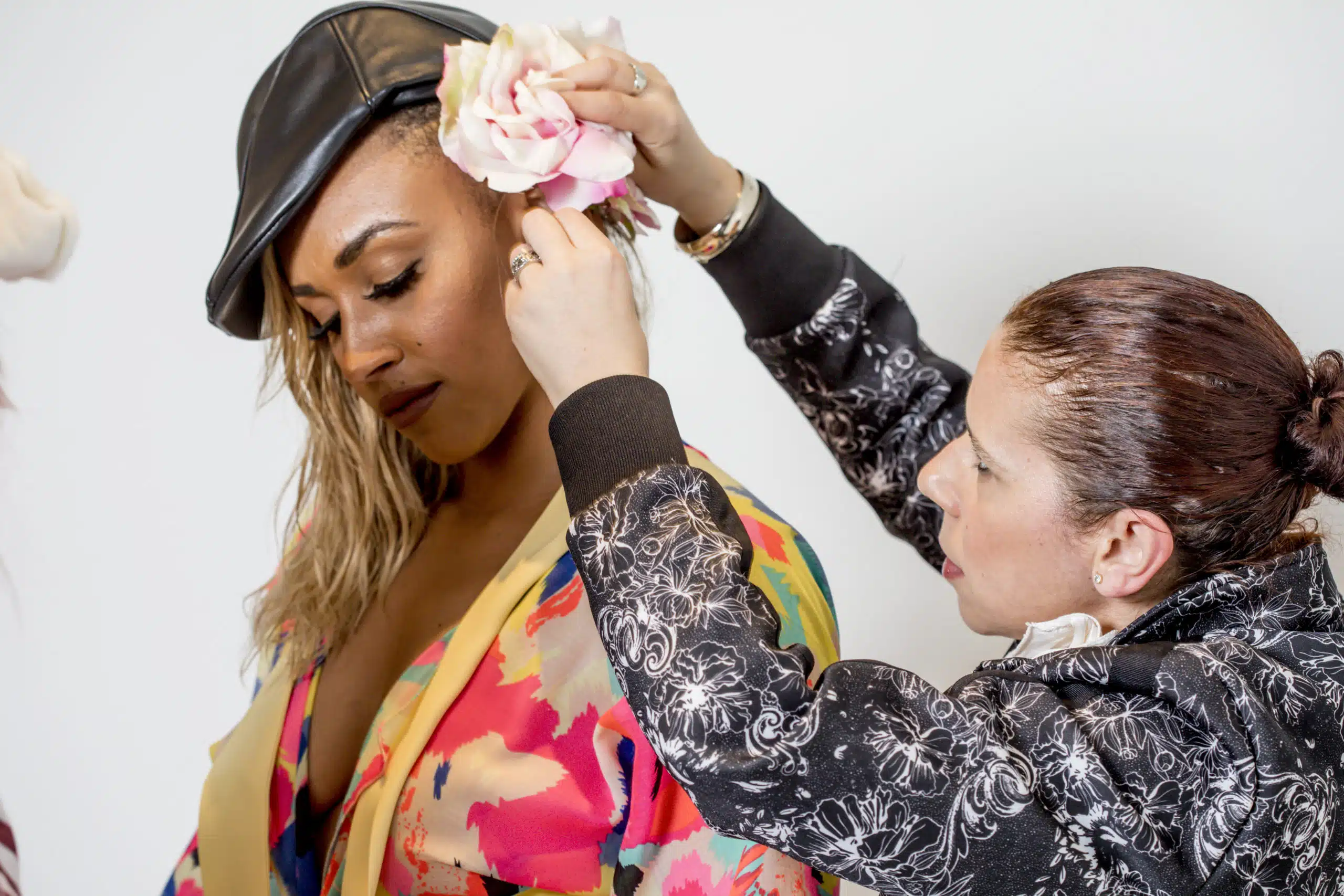
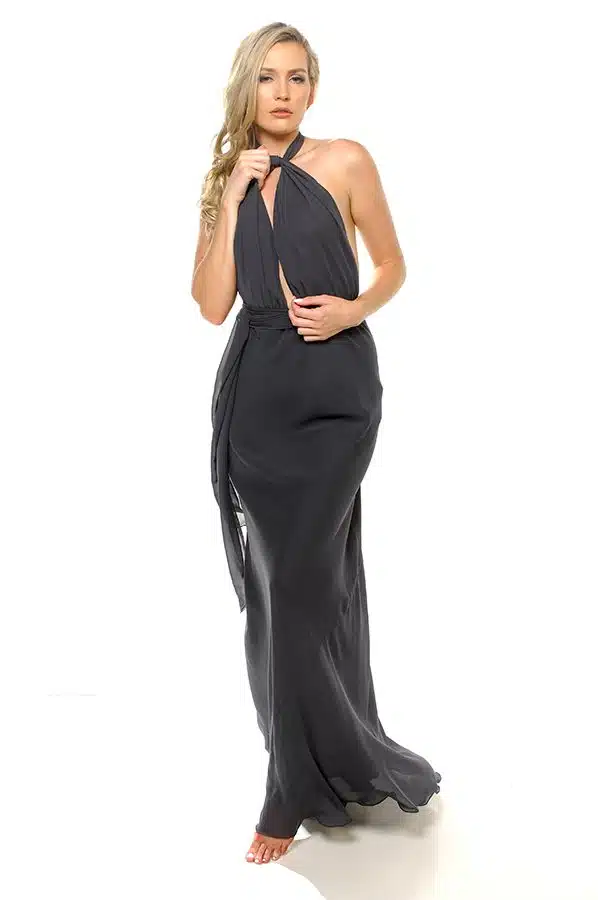
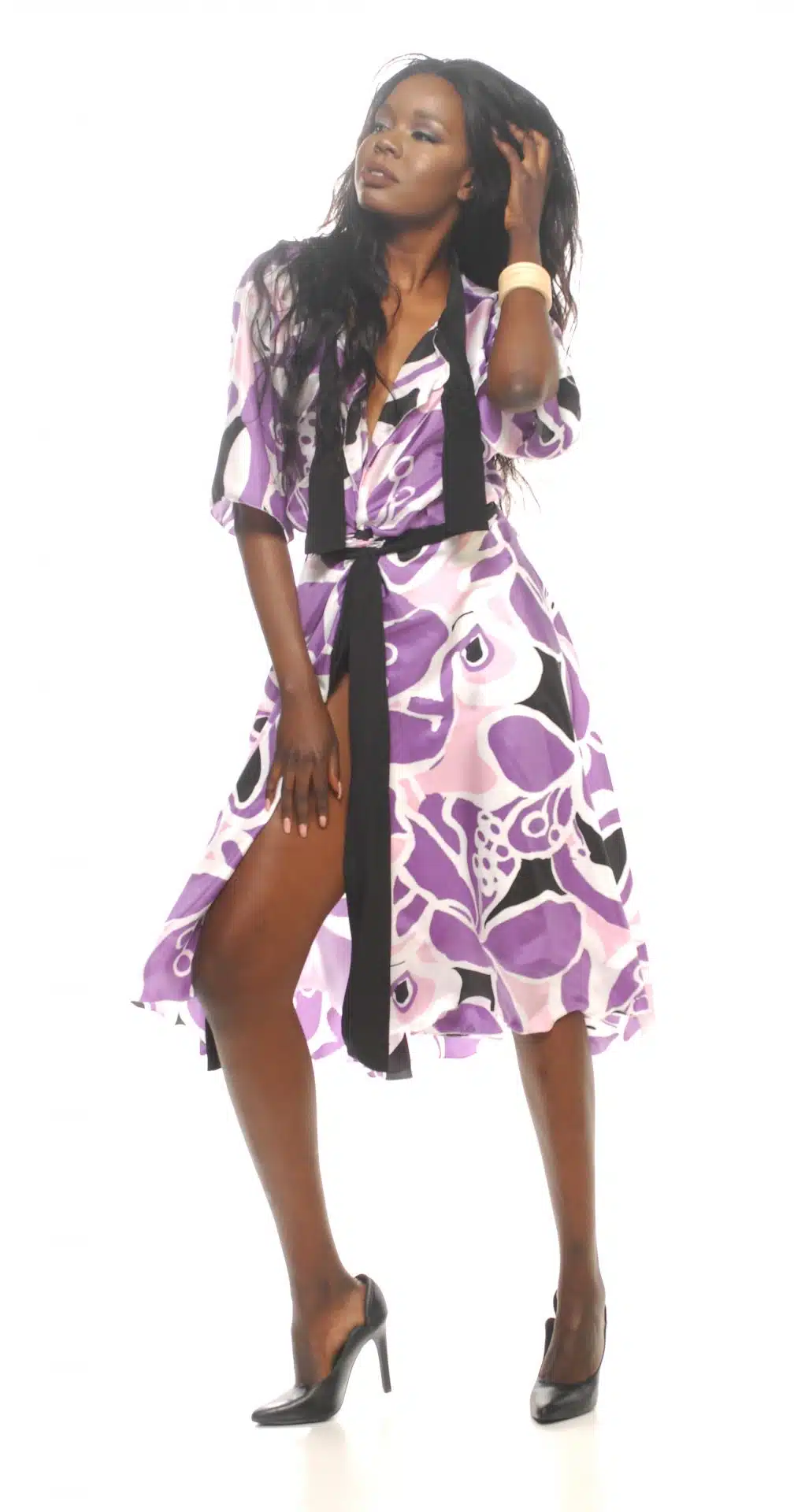 What are Flowy Dresses?
What are Flowy Dresses?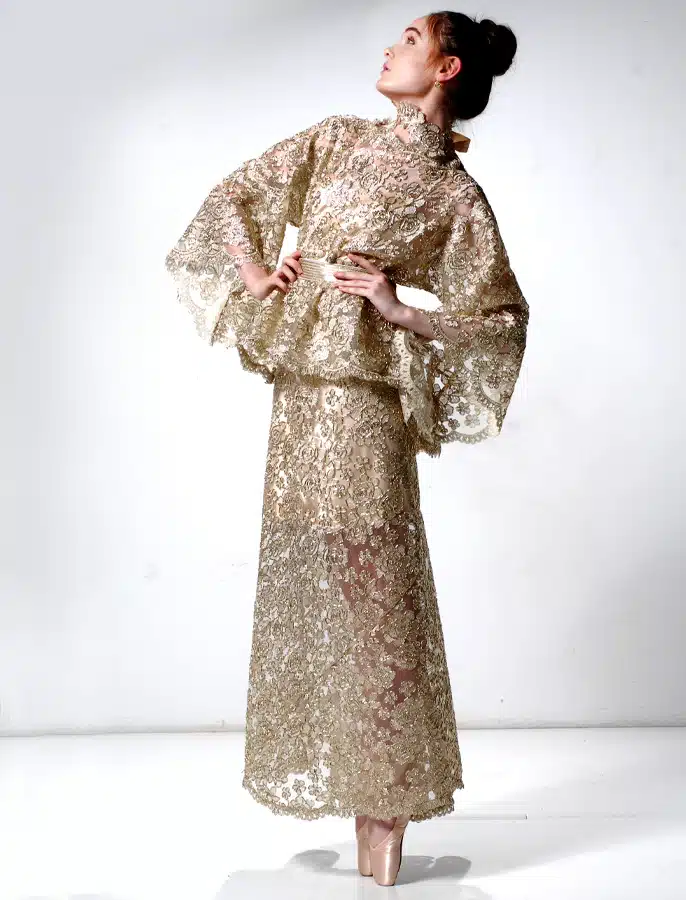
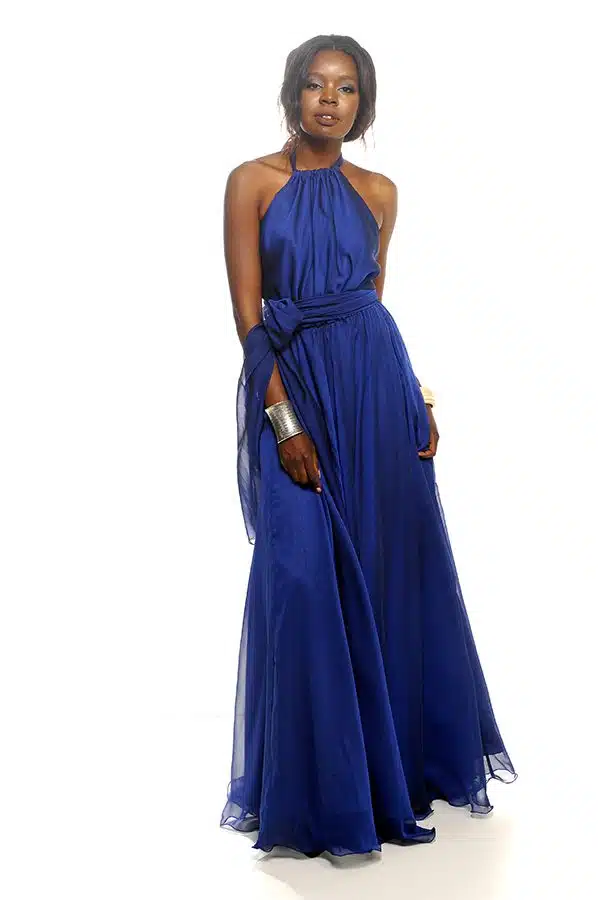
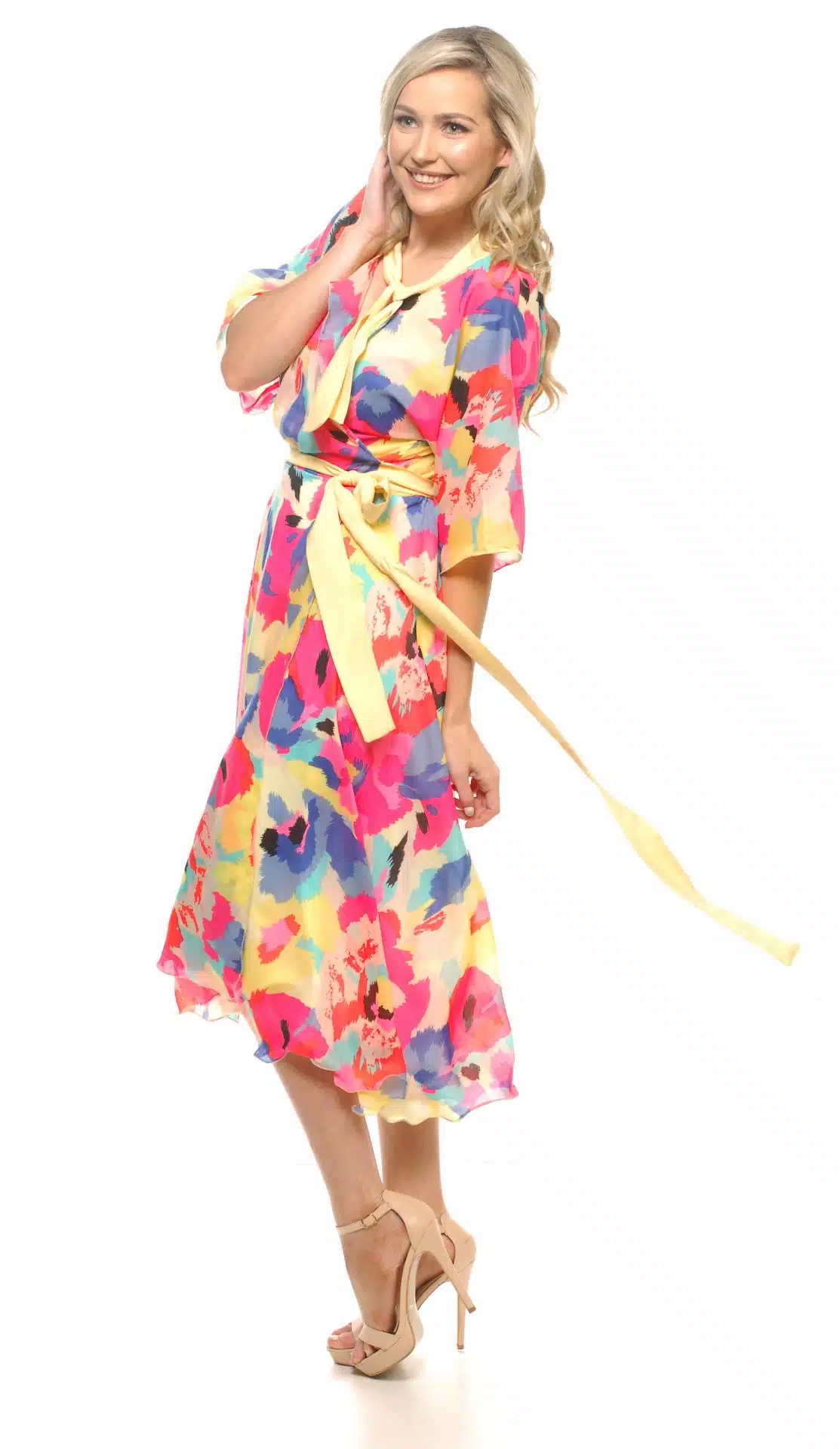
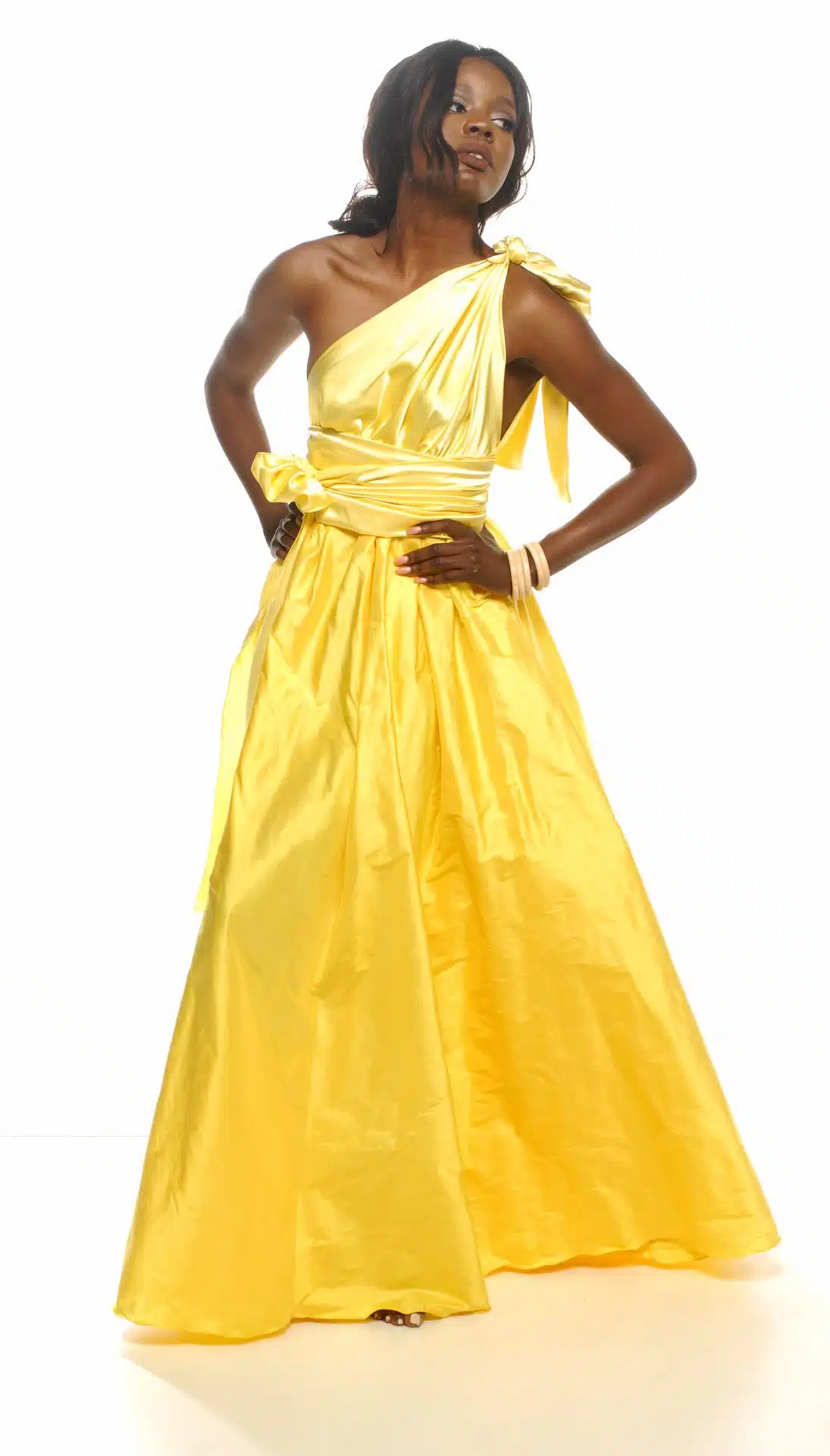
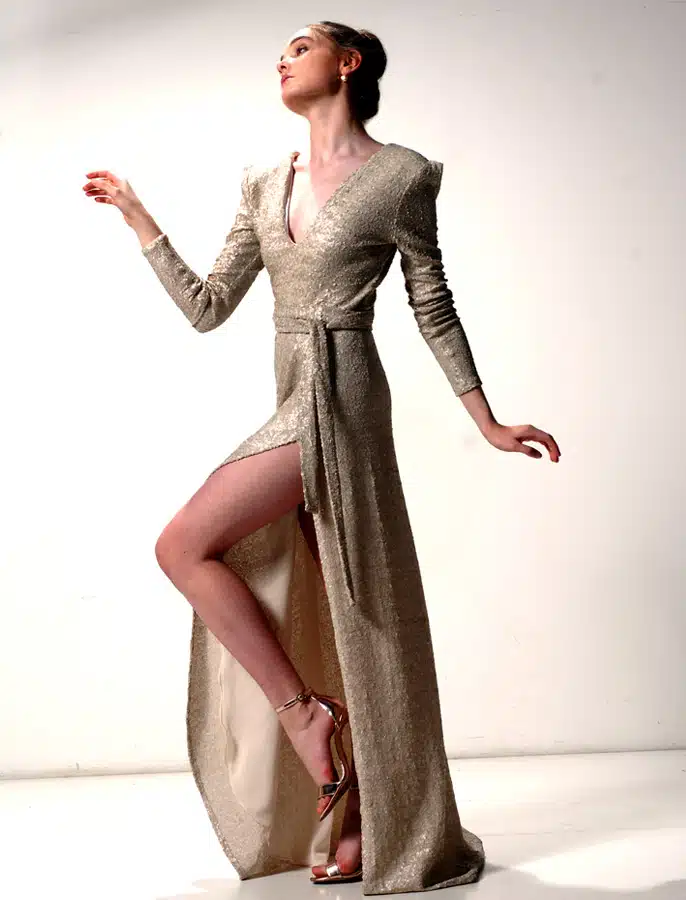
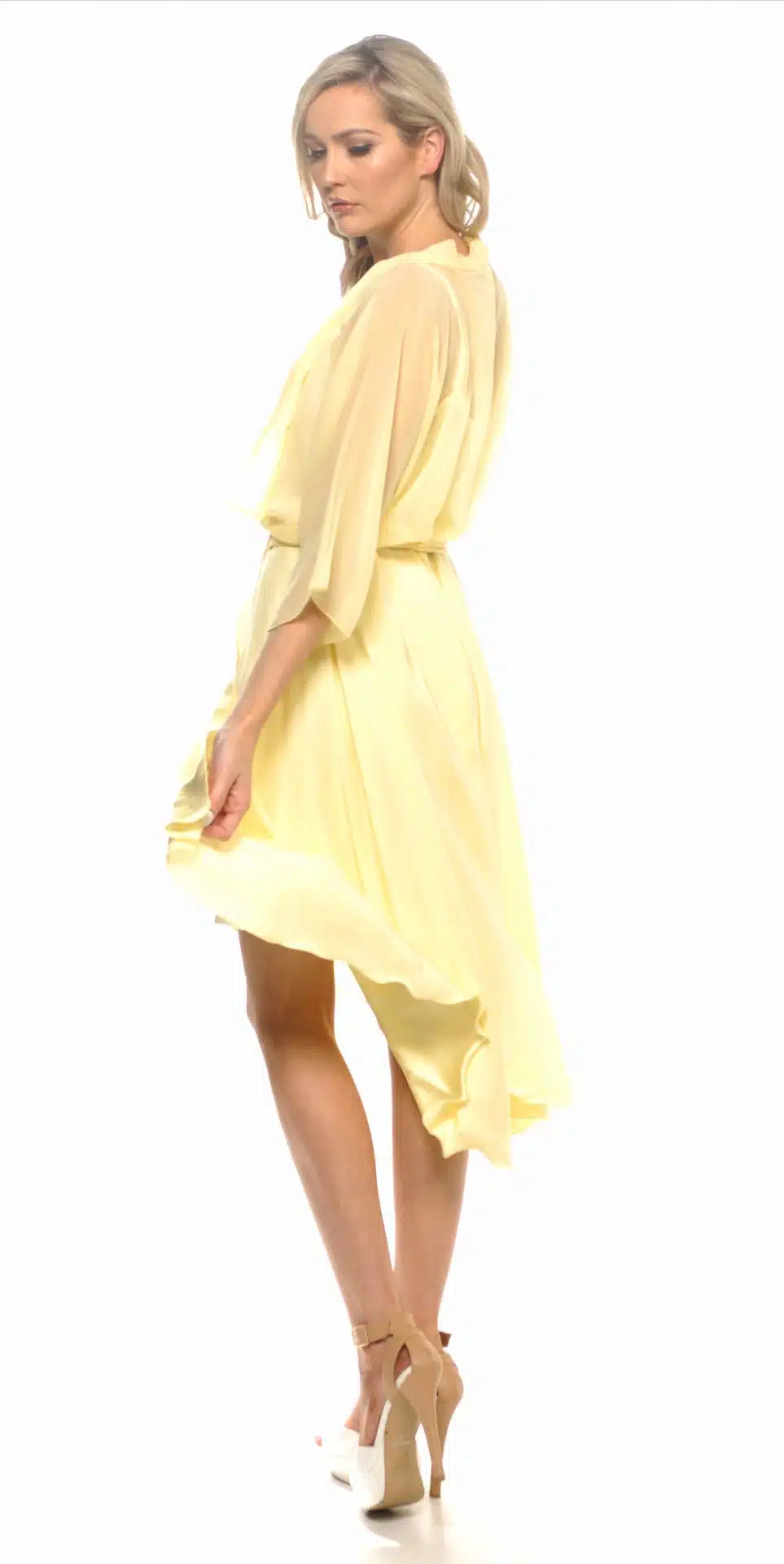 Tea-Length and Knee-Length Dresses
Tea-Length and Knee-Length Dresses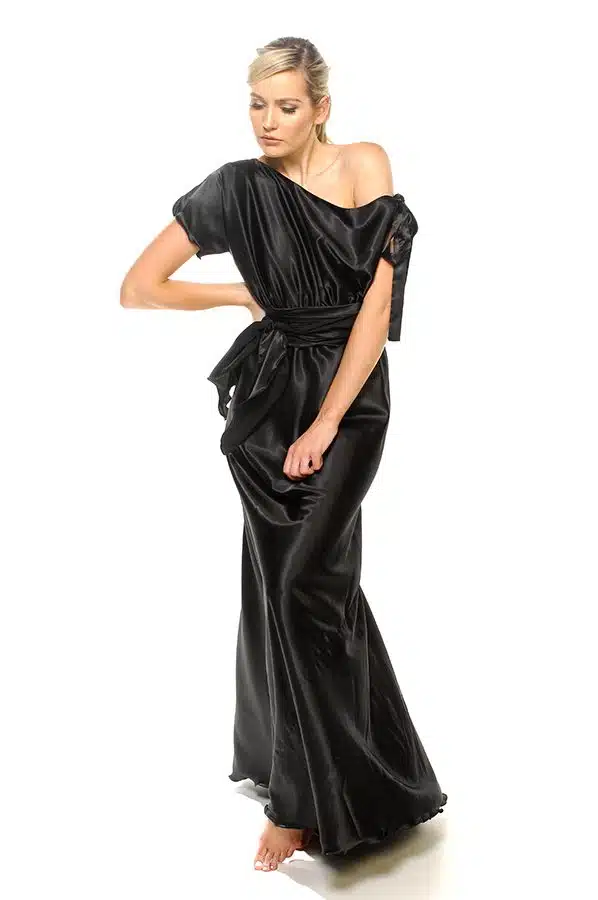
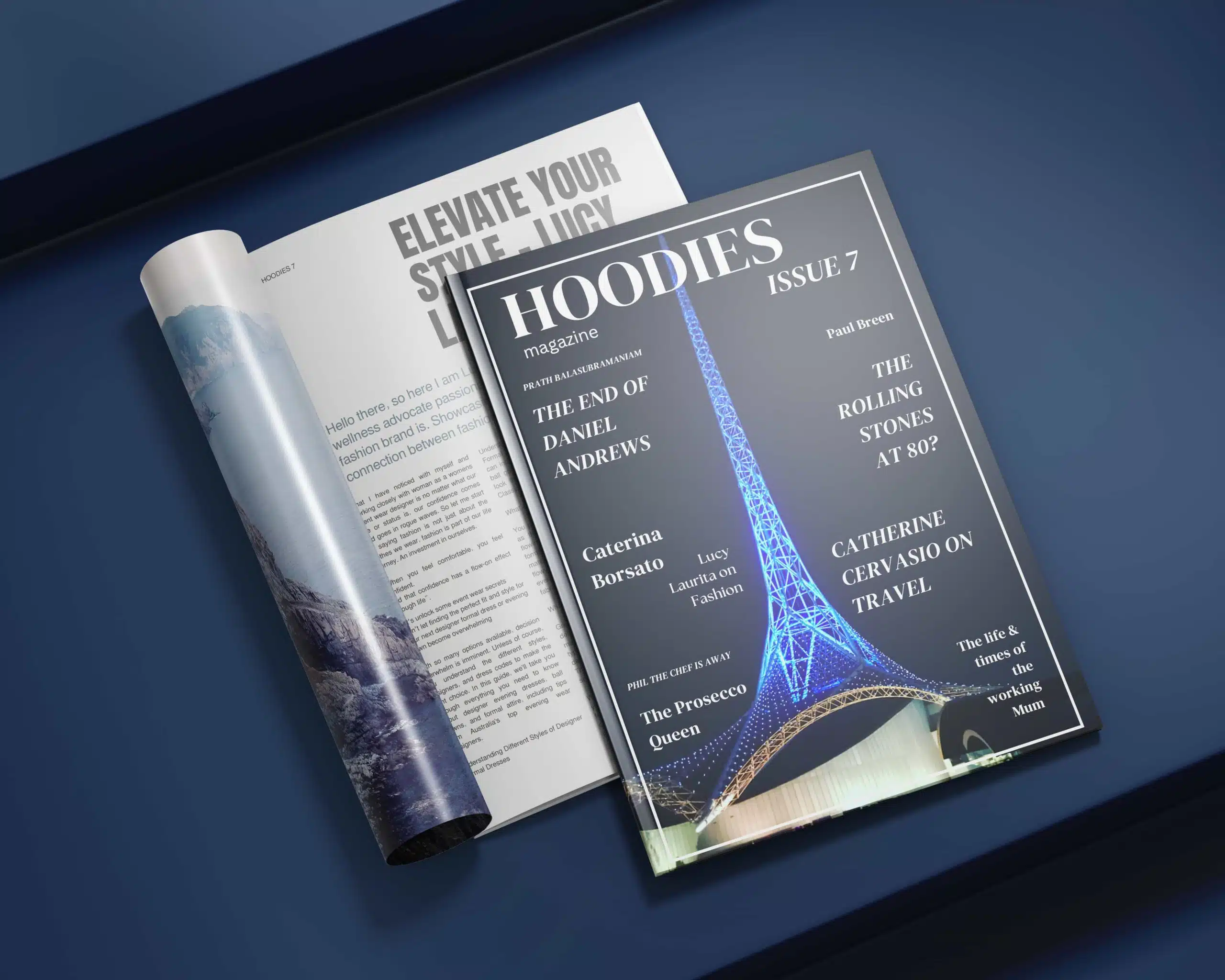 As Featured in Hoodies Magazine
As Featured in Hoodies Magazine